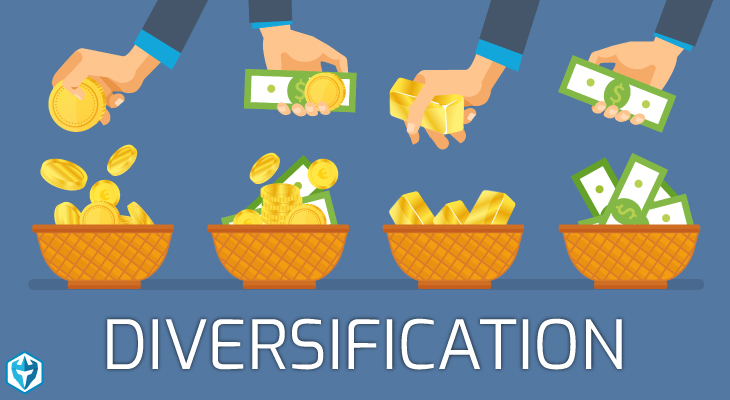Hidden orders are an order option that some brokerages offer to mask the true size of an order. While not actually ‘hidden’, the brokerage will use various tactics to minimize the potential impact of a hidden order on the market, generally through breaking the order up into smaller pieces and using advanced algorithms to place […]











